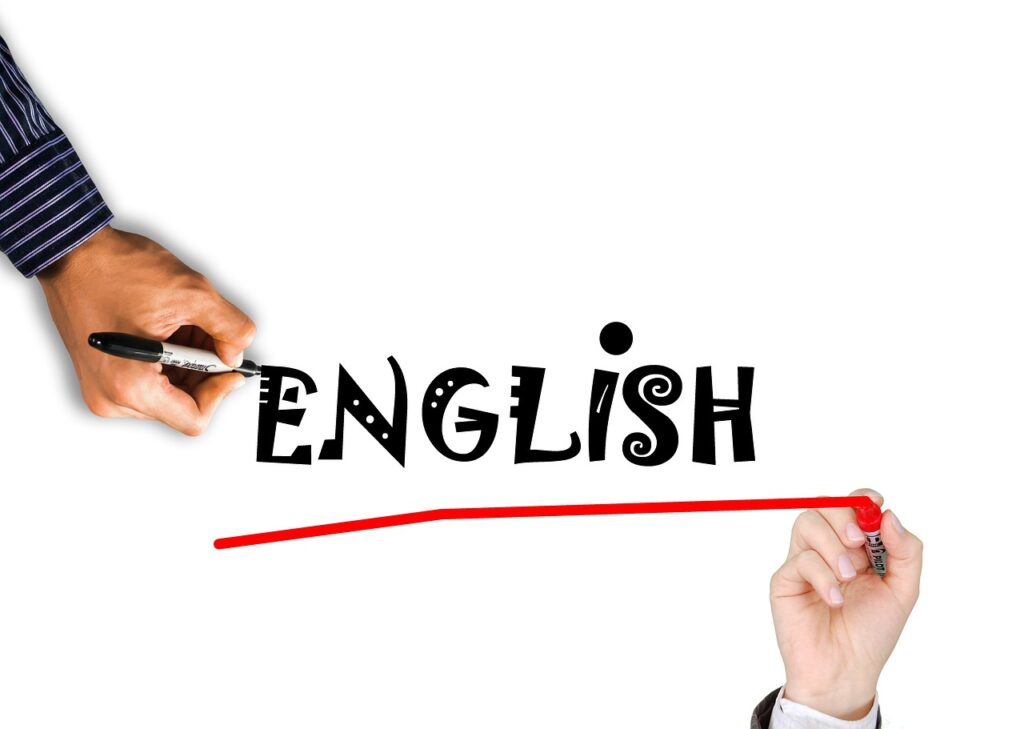The discussion surrounding the idea of making English the official language of the United States has been a recurring theme in American political debates for decades. While the topic has deep historical roots, its resurgence in modern discourse—particularly during the Trump era—reflects evolving cultural, political, and demographic dynamics. This article examines not only the political underpinnings of the movement as championed by figures like Donald Trump, but also its broader implications on national identity, legal frameworks, and multicultural integration. Moreover, we address additional dimensions that the original debate often overlooks.

Historical Context of the Official Language Debate
The concept of an “official language” in the United States is paradoxical given the nation’s tradition of linguistic diversity. Despite English being the de facto language of government, business, and education, the U.S. has never legally mandated a single national language at the federal level. Historically, many states have enacted laws declaring English as their official language, a move that often mirrored local political climates and shifting attitudes toward immigration and assimilation.
During various periods—especially in the early 20th century—there was a strong sentiment that embracing a single language would promote unity. However, this stance coexisted with the reality that many immigrant communities spoke little or no English, leading to a complex interplay between idealized national unity and the practical challenges of integration.
Trump’s History and the Official Language Proposal
Donald Trump’s political rhetoric often emphasized nationalist themes, and his stance on making English the official language became emblematic of a broader movement aimed at redefining American identity. Unlike some earlier proponents who viewed language policy as a tool for cultural assimilation, Trump’s advocacy was deeply intertwined with his broader immigration policies and nationalist agenda. He frequently framed the proposal as a means to safeguard American traditions and to assert a clear cultural boundary, positioning the English language as the gatekeeper of national identity.
Trump’s approach was characterized by a blend of symbolism and policy suggestion. While his administration did not implement sweeping federal changes to declare English as the official language, his rhetoric influenced public discourse—reinforcing the idea that language is a marker of national allegiance and a barrier against perceived cultural dilution.
Symbolism Versus Practicality
One of the most debated aspects of the official language movement is the distinction between symbolic politics and practical governance. Advocates argue that designating English as the official language can serve as a unifying symbol, helping to integrate diverse populations under a common national banner. Critics, however, contend that such measures are largely symbolic and offer little practical benefit. They note that government operations, education systems, and legal proceedings already function in English, while also providing services in multiple languages where necessary.
Furthermore, critics argue that the imposition of an official language might marginalize non-English speakers, inadvertently creating barriers for immigrant communities and undermining the country’s rich tradition of multiculturalism. By focusing on symbolic measures, opponents of official language laws worry that policymakers may overlook more pressing issues such as equitable access to education, social services, and economic opportunity for non-native speakers.
Multiculturalism and the Impact on Immigrant Communities
The United States has long prided itself on being a melting pot—a nation where diverse cultures coexist and contribute to the broader social fabric. The proposal to designate English as the official language raises important questions about identity and inclusion. For many immigrants and their descendants, the use of their native languages is not only a means of communication but also a vital link to their cultural heritage.
Language policies that prioritize English over other languages could be perceived as a move to homogenize cultural expression, potentially eroding the multicultural character that defines modern American society. Moreover, critics suggest that such policies may inadvertently reinforce stereotypes about the ability of immigrants to integrate, despite ample evidence that multilingualism can be a strength in an increasingly globalized economy.
On the other hand, proponents argue that a common language is essential for social cohesion and effective communication within government and public institutions. They believe that emphasizing English does not diminish cultural heritage but rather provides a foundation for integration. The tension between these perspectives underscores the need for policies that both respect linguistic diversity and promote practical communication standards.

A Global Perspective on Official Language Policies
The debate over official languages is not unique to the United States. Many countries grapple with similar issues, balancing national unity with cultural diversity. For example, nations like France have enforced stringent language policies to preserve the French language, while others, such as Canada, have adopted bilingual or even multilingual frameworks to accommodate diverse populations.
These international comparisons highlight that the designation of an official language often reflects a country’s historical trajectory and social priorities. In the U.S., the absence of a federally mandated official language is seen by many as a reflection of its foundational values of liberty and inclusion. However, the resurgence of the official language debate in recent years illustrates that, even in a diverse nation, there is a persistent undercurrent of desire for clear cultural and linguistic boundaries.
Legal and Constitutional Considerations
Legally, the United States operates without a federally imposed official language—a status that is rooted in the country’s constitutional framework and its commitment to individual rights. Proponents of an official language argue that such a designation could streamline government operations and reduce confusion in multilingual settings. In contrast, opponents maintain that the federal government’s neutral stance on language has allowed for the flexibility needed to serve a diverse populace.
Judicial opinions and legislative proposals have repeatedly highlighted that the absence of an official language policy is not an oversight but a deliberate choice that reflects the nation’s pluralistic ethos. Any attempt to alter this balance would necessitate careful consideration of constitutional principles, particularly those related to freedom of expression and equal access to government services.
Additional Dimensions Often Overlooked
While much of the debate focuses on the political symbolism of declaring English the official language, several dimensions deserve further exploration:
- Economic Implications:
An official language policy could affect the labor market and business operations, particularly in sectors that rely on a multilingual workforce. Advocates claim that a standardized language policy might enhance efficiency, while critics warn of potential discrimination against skilled workers who are not proficient in English. - Educational Impact:
The debate also has implications for the educational system. Proponents argue that emphasizing English proficiency can improve academic outcomes by ensuring that all students have a common linguistic foundation. However, opponents point out that bilingual education programs have been shown to offer cognitive and cultural benefits, and that an overly rigid focus on English could diminish these advantages. - Social Integration Versus Assimilation:
The official language debate touches on broader questions about what it means to integrate into society. Is integration best achieved through assimilation into a singular linguistic culture, or can it be accomplished through a pluralistic approach that embraces multiple languages? This question remains at the heart of ongoing debates about national identity in an increasingly globalized world. - Technological Adaptation:
In today’s digital age, language technology—from translation apps to automated customer service—can bridge communication gaps. This technological evolution challenges the notion that a single official language is necessary for effective governance and commerce, offering an alternative pathway to inclusivity without sacrificing operational efficiency.
Conclusion
The debate over making English the official language of the United States encapsulates a broader struggle over national identity, cultural preservation, and social inclusion. While figures like Donald Trump have used the issue to bolster nationalist rhetoric and propose a return to a more homogeneous cultural ideal, the reality is far more complex. Historical precedents, legal frameworks, and the lived experiences of millions of Americans underscore that language is both a tool for communication and a symbol of cultural identity.
As the country continues to evolve demographically and technologically, it remains essential for policymakers to balance the practical needs of a diverse society with the symbolic power of language. The challenge lies in crafting policies that promote unity without erasing the rich mosaic of cultures that have shaped—and continue to shape—the American story.

Frequently Asked Questions (FAQs)
1. What does it mean to make English the official language?
Designating English as the official language typically means that it becomes the preferred language for government proceedings, official documents, and public education. However, it is largely symbolic since English is already the predominant language in the U.S. Critics argue that while it might streamline certain processes, it could also marginalize non-English speakers.
2. Have any parts of the United States already declared English as their official language?
Yes, many U.S. states have enacted laws declaring English as their official language. These laws vary widely in scope and enforcement, and they coexist with federal policies that do not mandate a national official language.
3. What are the main arguments for and against adopting an official language policy?
For:
- Promotes national unity and clear communication in government and public services.
- May enhance efficiency in administrative processes and reduce translation costs.
Against:
- Risks marginalizing non-English speaking communities.
- Symbolic in nature, as English is already widely used, and may overlook deeper issues related to multiculturalism and integration.
4. How did Trump’s proposals on this topic differ from past efforts?
Trump’s approach was marked by its strong nationalist overtones, framing the debate in terms of protecting American cultural identity. While previous efforts often emphasized assimilation and pragmatic policy adjustments, Trump’s rhetoric tied the language debate directly to his broader immigration and national security agendas.
5. What practical impacts might an official language policy have on government services and immigrant communities?
While an official language policy might standardize government documentation and streamline some administrative processes, it could also lead to reduced language support services for immigrants. This might affect access to essential services, educational opportunities, and legal resources for non-English speakers, thereby creating potential barriers to integration.
This comprehensive exploration of the official language debate not only revisits key themes highlighted during Trump’s era but also delves into additional dimensions—economic, educational, and technological—that are often overlooked. As the discussion evolves, it remains critical to balance the ideals of unity with the practical needs of a diverse, dynamic society.
Sources The Washington Post


